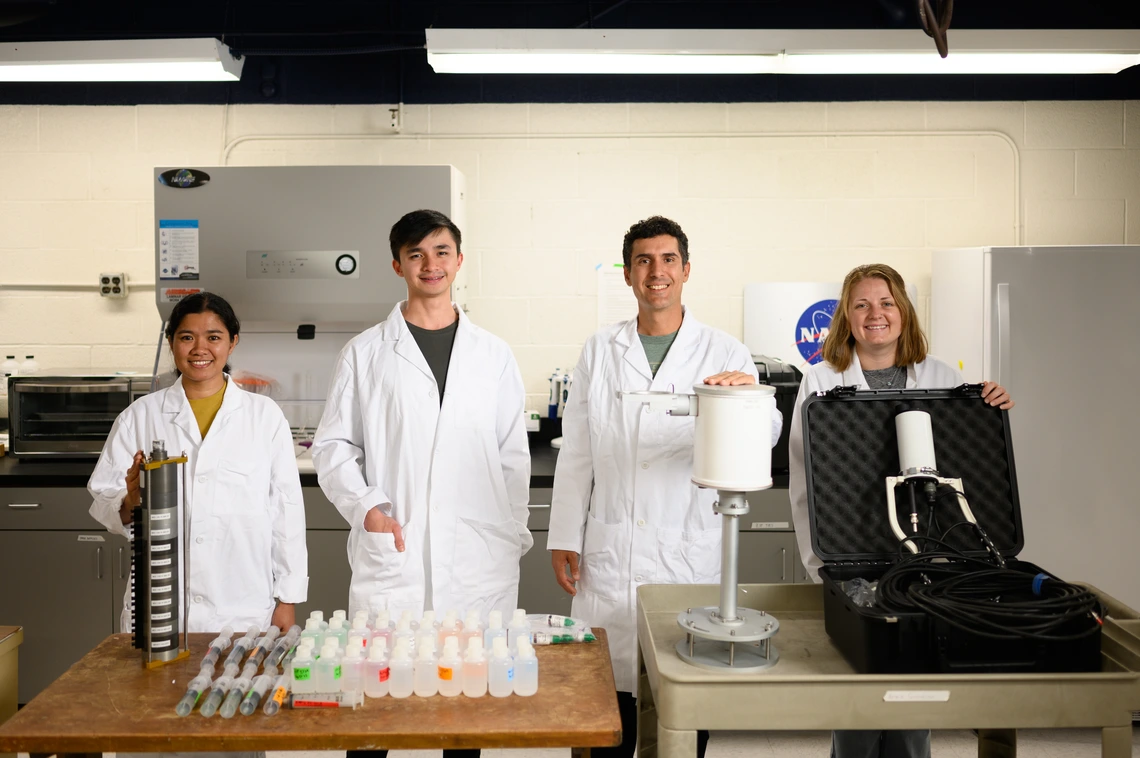Armin Sorooshian comments on worsening flash floods

CHEE professor Armin Sorooshian's research focuses on the effect of aerosol particles on the environment, clouds and rainfall, climate and public health.
Chemistry and Engineering News tapped Armin Sorooshian, professor of chemical and environmental engineering, to speak on how chemistry is playing a part in the growing number of severe flash floods across the country.
July 2025 brought one of the worst flooding seasons in US history, inundating parts of West Virginia; New Mexico; Maryland; Virginia; Washington, DC; and Pennsylvania. Though floods naturally occur, increased moisture and rising temperatures from climate change are in some cases supercharging storms. According to a study in Nature, between 2020 and 2100, the size of the global population exposed to flood hazards is estimated to increase by 15.8%.
“The frequency of extreme events is increasing. That's the concern,” Sorooshian told Chemical and Engineering News.
Sorooshian explained the factors that contribute to how climate change and air pollution influence atmospheric chemistry, including the interactions between natural aerosols and clouds.
"The interactions between aerosols and clouds are thought to be the largest uncertainty in estimates of future climate change. . . . You cannot bring a cloud in your laboratory," he said.
Although scientists can observe trends in changing weather patterns, predicting the exact timing and intensity of a specific extreme precipitation event remains a major scientific challenge.
“We’re still doing very aggressive research,” Sorooshian said, “to try to figure out when an aerosol may suppress rainfall or enhance it.”
